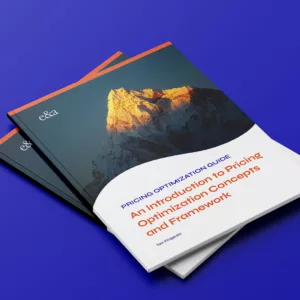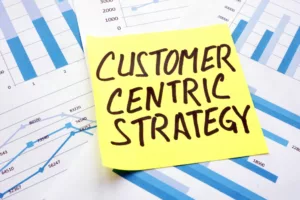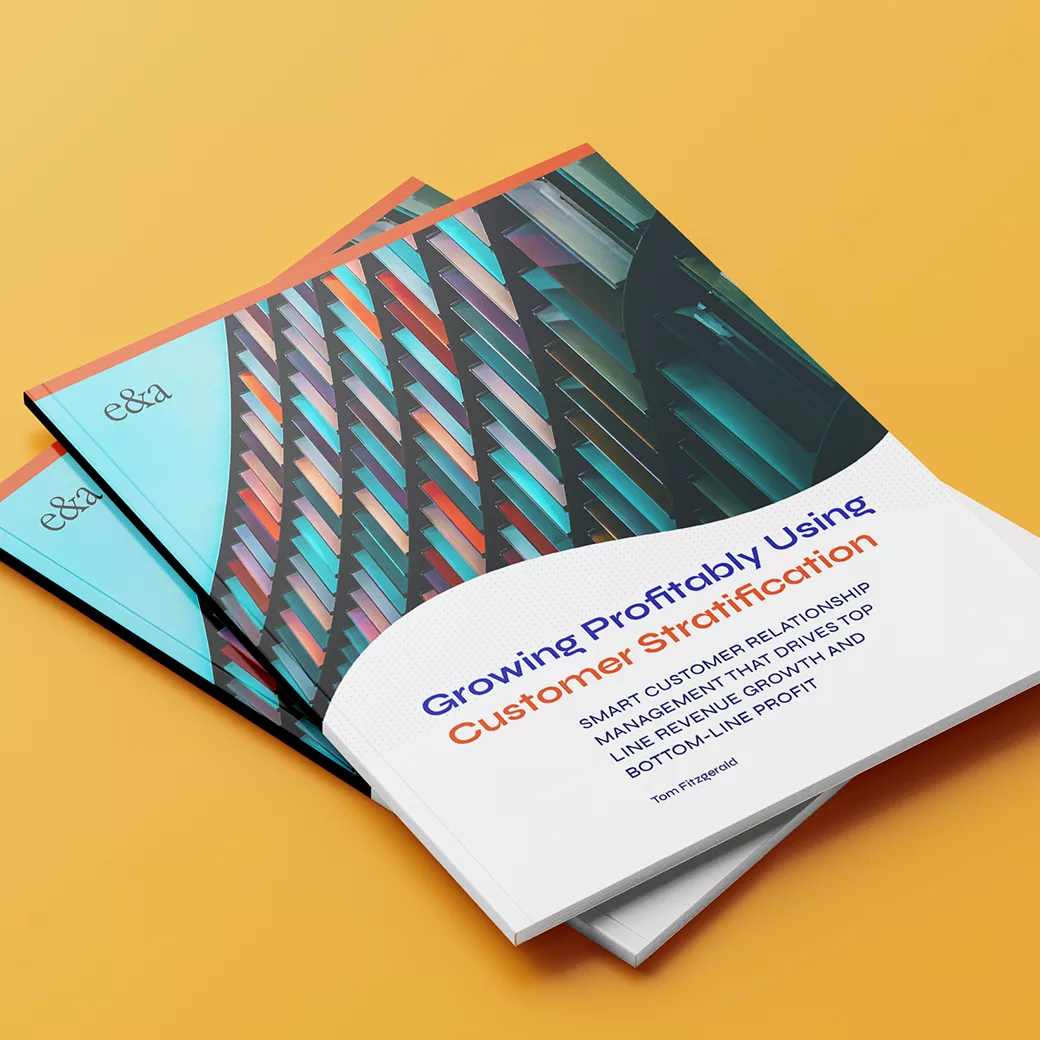

ERP Requirements Definition
No ERP can Claim to be the best.
No organization can determine the best ERP software by simply using a pre-defined checklist of features. If that was the case, the product with the most features would dominate the marketplace and the choice would be predetermined.
Instead, companies need to focus on finding the right ERP software and the right approach to implementing. And what makes it right for you is based upon company specifics – who you are, what you do, how you operate now and how you wish to operate in the future.
The road to an ERP change is certainly a toll road. The software itself carries a cost. Using an outside firm for implementation carries a cost. And, the time and attention of your key internal resources required for successful implementation and adoption carries a cost. What does this all mean? It means you should have compelling reasons that are directly tied to improving business processes before taking steps to change your ERP.
Define Your Future Business Process Model
Your first step is to define what your “future-state” business process model will look like. Until this is done, there can be no meaningful requirements document. Invest the time to define your desired business process model. Seek assistance if you are not comfortable with doing this because making an ERP selection based on incorrect requirements will prove to be a costly mistake. A well-planned journey to the wrong destination is typically worse than a bumpy ride to the right place.
Prioritize the Processes
In building this process model, all departments need to be included. The initial list will likely be large. Once the list is built, your leadership team and departmental champions (Subject Matter Experts) need to review it and assign priorities based on the potential benefits and with an understanding of the risks of not changing what is done today. These priorities will be used to weight the evaluation scores and to help determine what is pursued in the initial implementation and what might be part of a future project.
Defining Your “Day in the Life” Scripts
Properly executed, your requirements document becomes a script that is provided to all ERP vendors. Define where you want to be, after which each vendor should build a demonstration that clearly outlines what processing will look like in the new ERP. It is important to only script the results and not the steps. Each vendor should be charged with defining and demonstrating the process that their solution can deliver and not attempt to duplicate or automate what you are doing today. Let each ERP show the best way to process within its own ecosystem. Then use that information to evaluate how your company could operate in that environment.
We’ve been There. We can Help.
With a team that has collectively been involved in over a thousand implementations, we’ve seen a lot. We can help you with any of the steps of this process, from driving the project to interviewing the stakeholders to creating the final product. Talk to us about getting your project defined and your requirements ready to be shared with prospective vendors.


The Unsung Hero of Profit Growth: Why You Can't Afford to Ignore Customer Segmentation (and What You Think You Know Might Be Wrong)

Understanding Your Customer's True Value

Predictive Analytics for Manufacturers and its Role in Generating Profitable Growth

An Introduction to Pricing Optimization Concepts and Framework

An era of diminishing returns: why no one needs a new BI solution

Technology Implementation Best Practices for Distributors

How Manufacturers Can Grow Profitably Using Item Stratification

Understanding the True Value of Your Customer

E&A’s Tom Fitzgerald Discusses How SMBs Navigate Their IT Investment on Politely Pushy with Eric Chemi

The Future of Business Intelligence: Like it or Not, Microsoft has Already Won the BI Battle


